Let the grass grow, you never know what you might find! As part of our Wildlife Connections campaign one of the things we have been asking you to do, is let the grass in your gardens grow. This helps wildflowers bloom and provides essential food sources for insects and bees.
Sarah Bird, Chester Zoo’s biodiversity officer, decided to give it a go, and after two weeks she was greeted by a wonderful array of flowers and grasses…
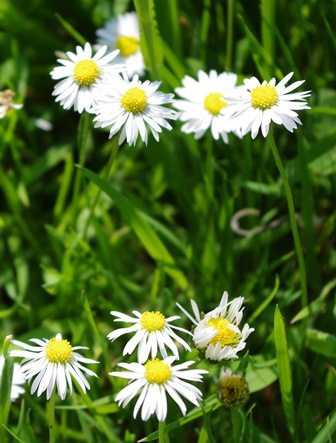
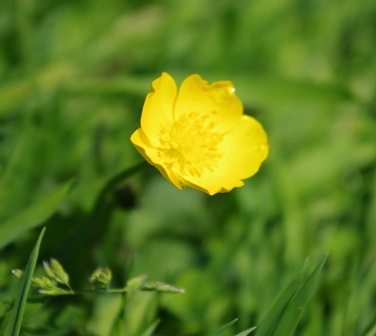
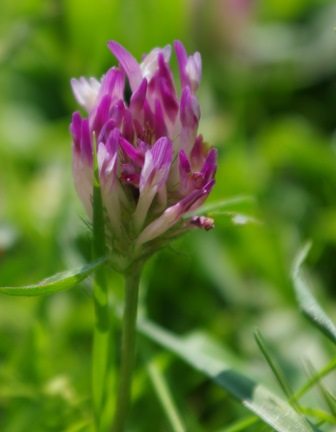
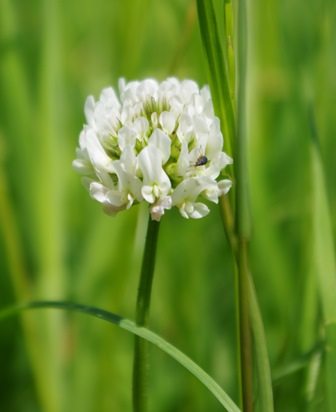
Some of the flowers that she found were iconic meadow species that you might recognise when walking in the park or near a grassy area – daisies, buttercups and clover – but some of them were a little more unusual.
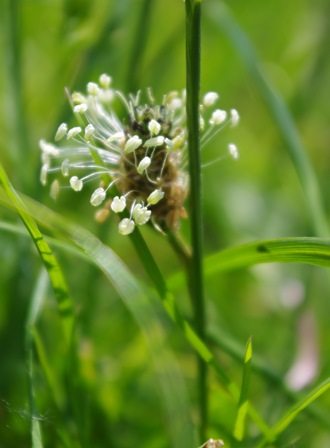
Sarah was absolutely delighted with her new flower bejewelled lawn, she told us:
“I had such a superb result! I managed to identify eight species in the lawn and grassy yard area I’d left to grow and I would probably have found more if I looked harder! And the grass flowers are attractive! My favourite has to be the germander speedwell, such a beautiful blue flower!”
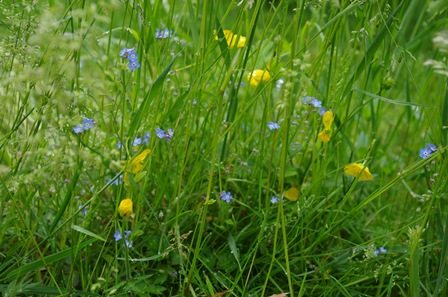
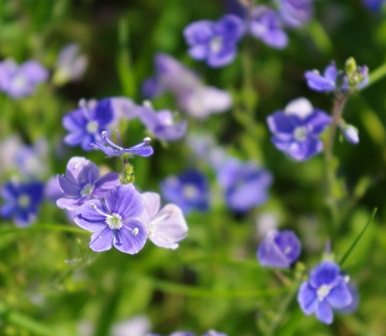
Since leaving the grass to grow, Sarah has reported plenty more sightings of bees and insects in her garden, all helping themselves to the pollen and nectar the flowers have to offer.
With the recent warm wet weather, the lawn was beginning to look a little untidy so Sarah went out with her lawn mower and carefully cut around some of the nicest patches of flowers, leaving them to set seed. She has also found a pretty good way of making sure the flowers a little closer to the ground can remain by cutting the grass on a higher setting than normal.
So, why not give it a go this summer and help your local wildlife? By letting your grass grow, not only are you helping flowers, bees and insects but you are making sure there are enough insects around to feed the birds too!